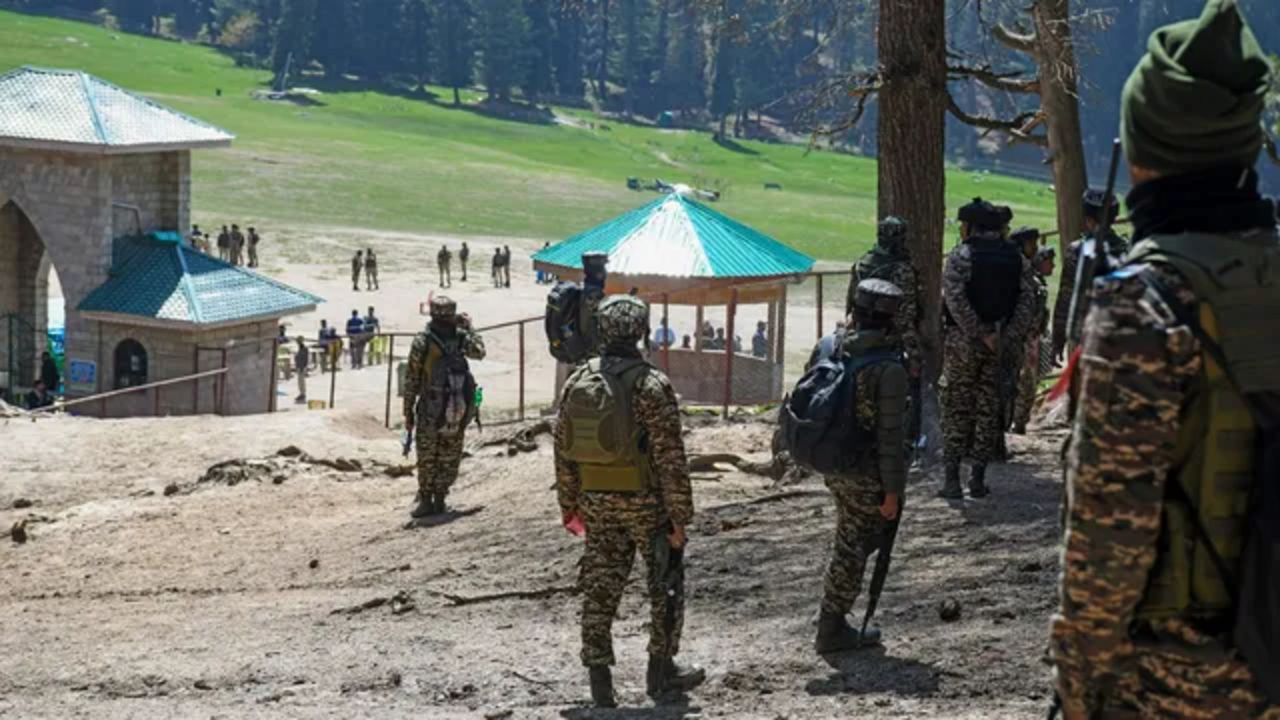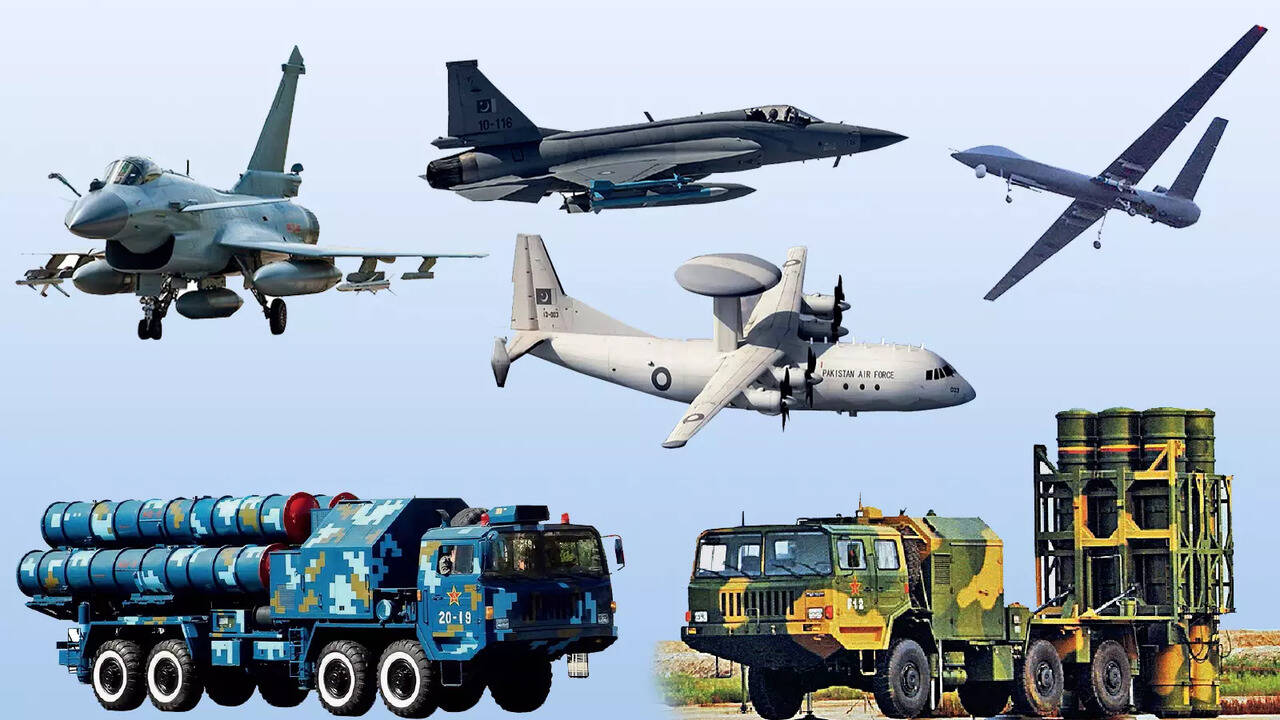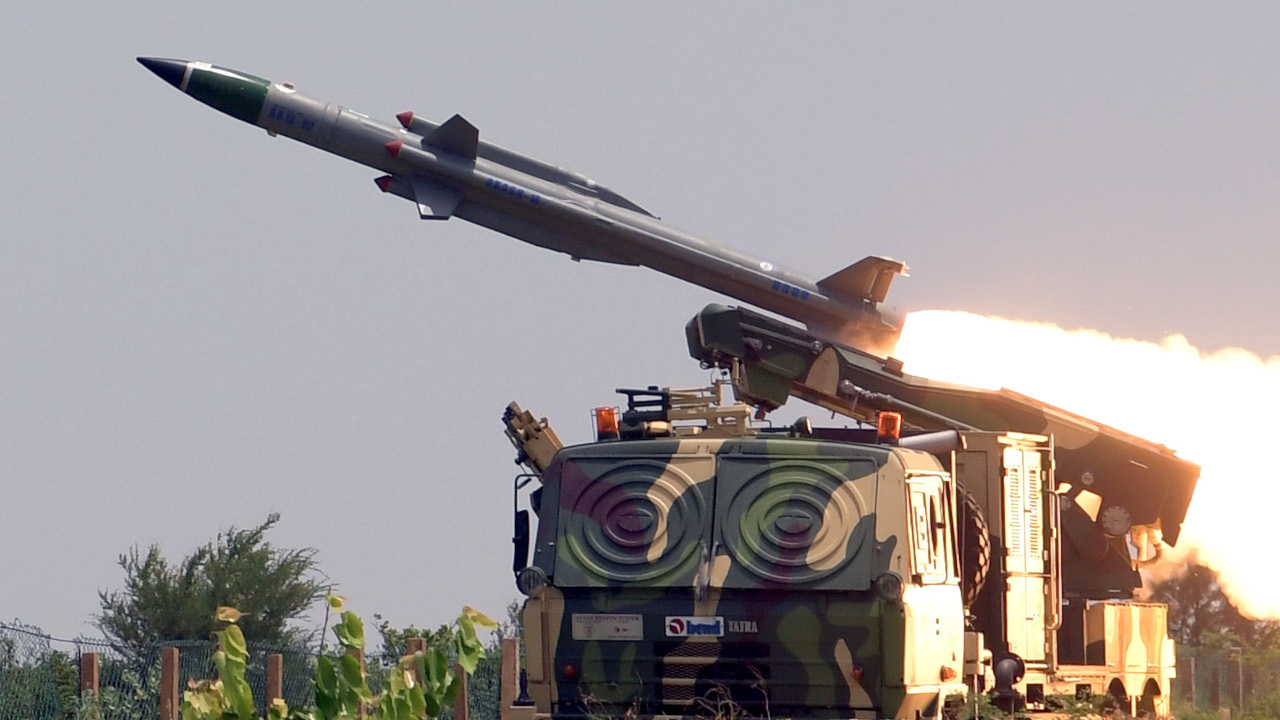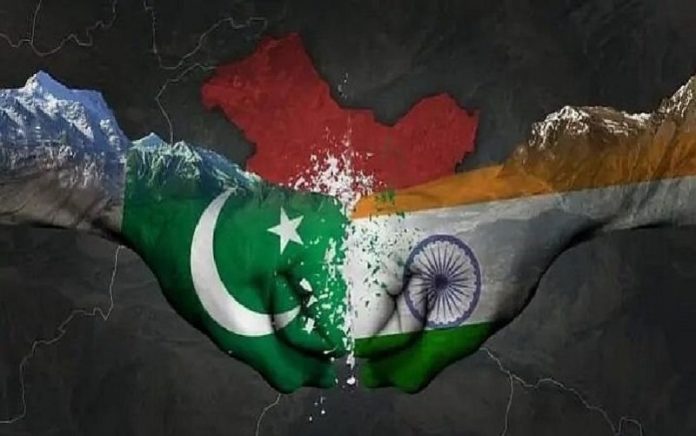- The global community is aware of the long-standing conflict between India and Pakistan ever since their Independence. That the two nuclear-armed neighbours have endured wars and innumerable battles over the decades is stating the obvious. The terrorism factory dishing out hardcore criminals trained by the Pakistani army to infiltrate and carry out subversive activities in the form of innocent killings has played out umpteen times. India, as a responsible nation, has shown tremendous restraint despite grave provocations from Pakistan is well acknowledged by the world over. Of course, the global leadership was always concerned about the nuclear flare-up between the two countries and hence, advocated strategic restraint all the time.

PC: Bigtvlive English
- However, the Pahalgam attack resulted in the killing of 26 innocent tourists holidaying in the sylvan surroundings of Jammu & Kashmir deserved a strong response from the Indian think tank. And what a response India showed to the Pakistani deep state by unleashing hell in the form of Operation Sindoor. However, the almost war-like situation also revealed who are not our friends by choosing to side with the enemy. The moot point to ponder over here is how to militarily keep up with Islamabad’s friends’ defence technology, they supply happily to neighbour’s generals. Operation Sindoor also revealed new dimensions to the Pakistan problem that India must address. First, India no longer faces just a Pakistan problem. Simply put, it’s a Pakistan + problem.

PC: Times of India
- As we know, China was as much a part of this short conflict as the Pakistani army itself. China now accounts for 80% of Pakistan’s arms imports. Chinese air defence systems and smart missiles were working for the Pakistan forces during the hostilities. Add to this Türkiye’s supply of hundreds of drones that Islamabad used to target Indian military installations. Therefore, Pakistan wasn’t fighting capacity, but also the direct defence support Islamabad is receiving from some countries. What this means is India needs to rapidly modernize its military. It can’t be a 20-year project. Two related points are worth deliberating: the 26% capital outlay in the defence budget is not nearly enough, especially when a large portion is spent on acquiring expensive foreign platforms.

PC: Idrw
Moreover, the defence budget is around just 1.9% of projected GDP, when at least 2.5% is needed to tackle the China-Pakistan challenge. The only way India will get more bang for the buck is if it rapidly boosts indigenous defence production and procurement through aggressive backing of private defence companies. This leads to the most critical point: this was largely an air battle, barring hostilities along the LoC and IB. Our air defence acquitted itself superbly. Apart from the S-400, indigenous platforms such as the short-range anti-aircraft SAMAR and Akash systems were brilliant. This shows the talent for indigenous development. It needs sustained government investments and contracts. We need to boost our air force urgently with the latest fighters.






